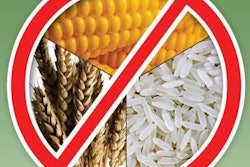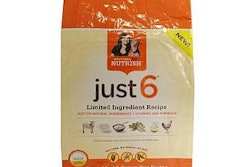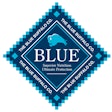A recent study by Kevin Haninger and James Hammitt of the Harvard Center for Risk Analysis shows US consumers would be willing to spend collectively US$4,500-6,000 to prevent each case of short-term illness caused by contaminated food.
Reported in the October edition of FSMeDigest from Food Safety Magazine, the study started with the seemingly simple goal of examining the "monetary value that consumers place on a safer food supply," the authors wrote. Of course, doing so in a scientifically and statistically sound way gets pretty complex and detailed, and the article provides an overview of all that, including the two main methods or metrics for examining the valuation consumers put on safe food.
But for the petfood industry, perhaps the most important implication in this study -- besides the finding that 2,858 randomly selected US adults said they are willing to pay more for safer human foods -- is the reason for conducting it in the first place. According to the authors, "Federal agencies are required to assess the costs and benefits of major regulations they develop to reduce the risks of foodborne illnesses. According to the Centers for Disease Control and Prevention, about one in six Americans (or 48 million people) become ill from such an illness each year. By estimating the individual willingness to pay to reduce these risks, analysts can determine whether the benefits of regulations exceed the costs imposed on consumers, food producers and others."
In light of the new Food Safety Modernization Act and its coming regulations, many of which will cover petfood, this cost-benefit requirement is significant. Will that apply to buyers and producers of petfood, too? Will petfood manufacturers who have to make investments to comply with new regulations be able to access evidence, ideally provided by the Food and Drug Administration, that the benefits justify the costs? And will that evidence be available in such a way that you can communicate it to consumers and potentially reap benefits yourselves via increased petfood sales?
Because, judging by the overwhelming consumer response to the 2007 melamine-related petfood recalls -- a response that has led to an explosion of websites, blogs and other Internet forums touting so-called experts and expertise on petfood and pet nutrition -- pet owners would very likely welcome marketing messages and other information that includes such evidence of safer petfood. And hopefully, they would put their money where many of them say their hearts are: providing the best, safest, most wholesome nutrition for their pets.
In addition to (or, in the worse case scenario, in the absence of) FDA and/or academic research showing the benefits of more stringent petfood safety regulations and the resulting industry compliance, several new certification and validation programs are now on the market -- for example, one from the National Animal Supplement Council for third-party supplier certification -- or will be soon. Watch the news page on this site, and considering registering for Petfood Forum 2012, which will likely include presentations on some of these new programs.
For more information about what's coming from FSMA, be sure to register for Virtual Petfood Forum: Food Safety on October 26. It's completely online, so you can access it as your schedule allows throughout that day no matter where you are: the office, the home, on the road. And it's completely free! (If you register, you can also access an archive of the event through January 26, 2012.)
















